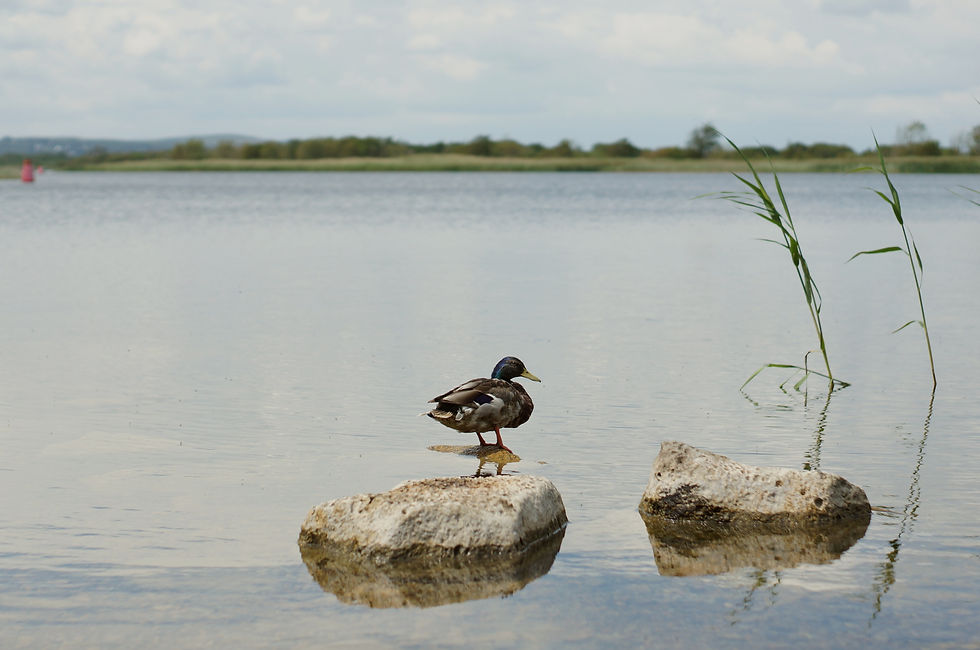Canada's Forests and Climate Change
- Ecofriendly YYC

- May 26, 2018
- 2 min read

While forests often get discussed in terms of deforestation when it comes to environmental change, what’s discussed less often is how a changing climate will impact forests. With a changing climate comes changes in temperature and precipitation. These changes may be subtle year by year, but over time, these differences will become more apparent when compared to the present day. This is important because some tree species can live for hundreds of years, which means that the growing conditions it has as a sapling may be completely different than the ones it has when it is mature. This is also important because Canada has 30% of the world’s Boreal forests (10% of all forests) according to Sustainable Forest Management in Canada, which means we have a huge forestry industry at stake here.
Currently, models predict that the shift in climate conditions will outpace the speed at which trees will migrate with them. According to the Government of Canada website, the climate change shifts are occurring at a rate 10 to 100 times the rate that trees are migrating. For example, one model (Government of Canada) which assumed that greenhouse gas emissions rose throughout the 21st century found that the distribution of trembling aspen trees would shift north. In this model, the trembling aspen disappeared altogether from regions where it was common before, such as the southern Prairies and southern Ontario. This forced shift in distribution has the potential to make trees less productive and more vulnerable to insects and disease, according to the Government of Canada. For tree species with narrow ranges, this shift in suitable climate areas may endanger their survival as a whole. This adds another stress factor to the forestry industry, which already needs to deal with forest fires and insect infestations.





Comments